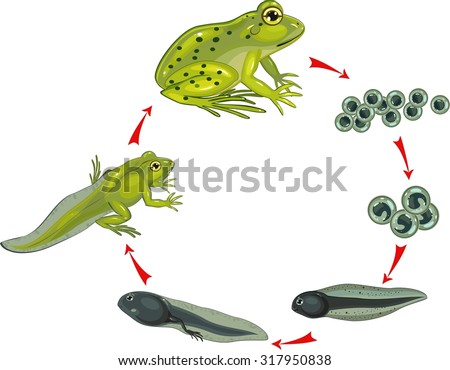I fit into the stereotypical house of dog lovers. I own a beautiful dark sable German Shepherd named Caesar and he is by far my best friend (see I do not just love reptiles).
 |
| My Caesar boy |
So because I am a dog lover let me give you my biased opinion why dogs are better then cats and then I will get down to statistics.
My first reason would be that whenever I get out of bed or get home from a long day the first living, loving face I see is my big boy Caesar. Now most people have a connection with their dogs and even though my Shepherd acts like a doof sometimes me and him have an understanding of each other. He knows when I am annoyed, tired, happy, or sad. He usually tries to brighten my day up, and I admit no matter how miserable my day was he is pretty good at putting a smile on my face.
Now my family does own some cats.... Scratch that I know some cats that own part of my family. From my experience the only time a cats wants a humane is for food, comfort, or for any other form of self gain. They meow and meow and meow and trust me I like cats they are furry and well friendly when they have to be, but cats have an arrogance about them that some people adore and thinks its the cutest thing ever, and well that's great, for them.

Cats and dogs really one is no better then the other it is all about personal preference. However studies have taken place where it proves that dogs actually love their owners more then cats. When mammals love something like their partner or offspring their brain releases a chemical in their brain similar to a chemical humans release when they love someone. This chemical is oxytocin. Now when tested cats did release this chemical but their blood pressure rose only about 12%. Normally the blood pressure is risen much more then this (usually between 40% - 60%). When dogs were tested their pressure rose to around 50%. Obviously this shows that the dogs love their owners more then cats when it come to interaction with chemical levels.
I know you cat lovers probably hate this and that's okay, because honestly I am sure you and your cat have a very special connection unlike any other relationship between a human and animal.
Its not fair to say dogs are smarter then cats. Cats have a much different life style then dogs do. However, dogs are known to do many miraculous things, such as herding sheep, working in the military, search and rescue, police force, personal aids, hunting, and many other forms of mental and aerobic training. Cats however are much different, they still have a predator approach to life. Pouncing and sleeping and just doing what they can to survive and do it with comfort. They dont really exert themselves. They can learn pattern and routine like most animals, and they enjoy company and companionship, like most animal.
Love your cats all you want they make good peaceful companions and go out there and play with your dog. Because honestly one is no better then the other when it come down to the furry friend that means the most to you.
Here are my info links:
http://www.slate.com/articles/health_and_science/science/2014/04/cat_intelligence_and_cognition_are_cats_smarter_than_dogs.html
http://www.telegraph.co.uk/science/2016/03/12/its-finally-proven---scientists-test-whether-cats-or-dogs-love-u/
http://www.aspca.org/animal-homelessness/shelter-intake-and-surrender/pet-statistics






















